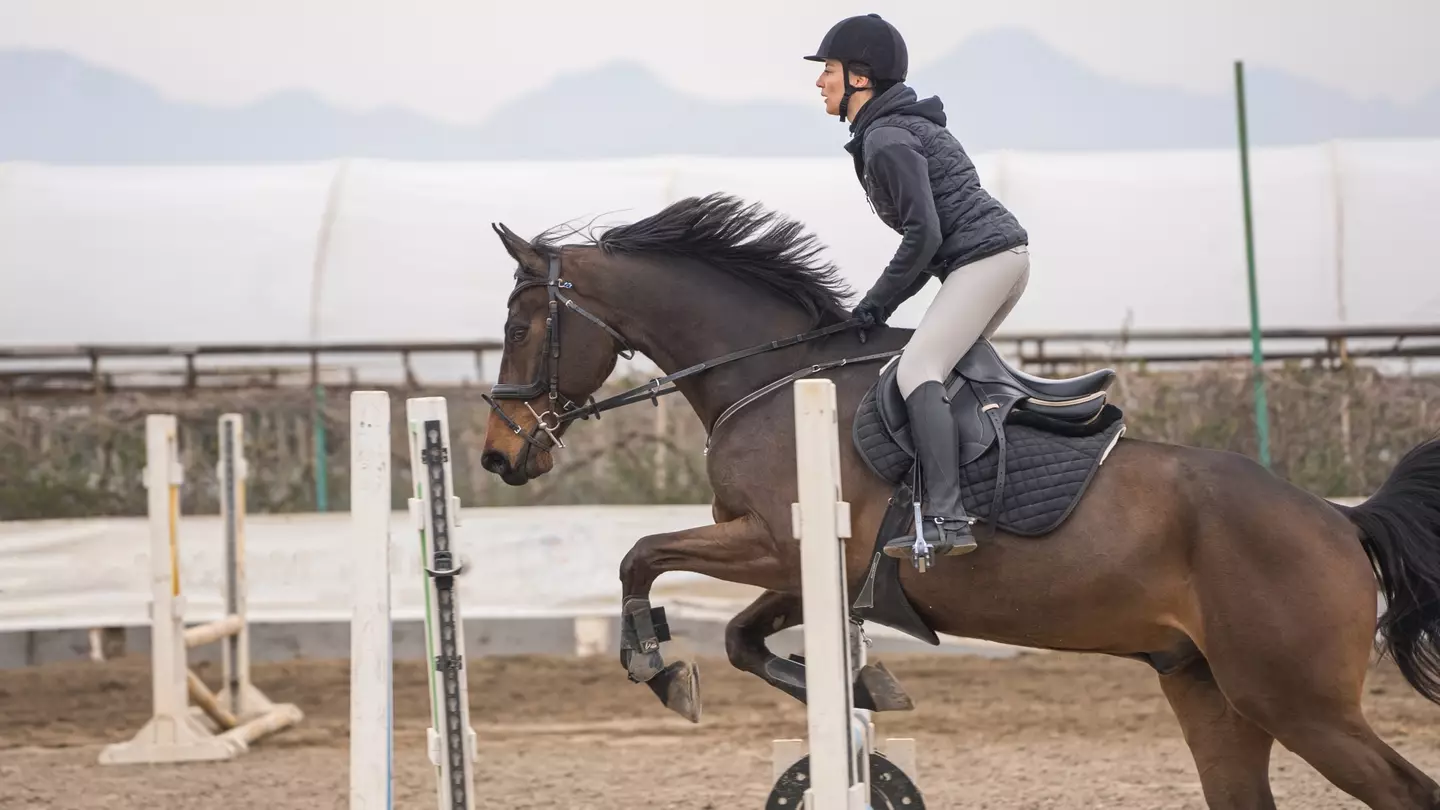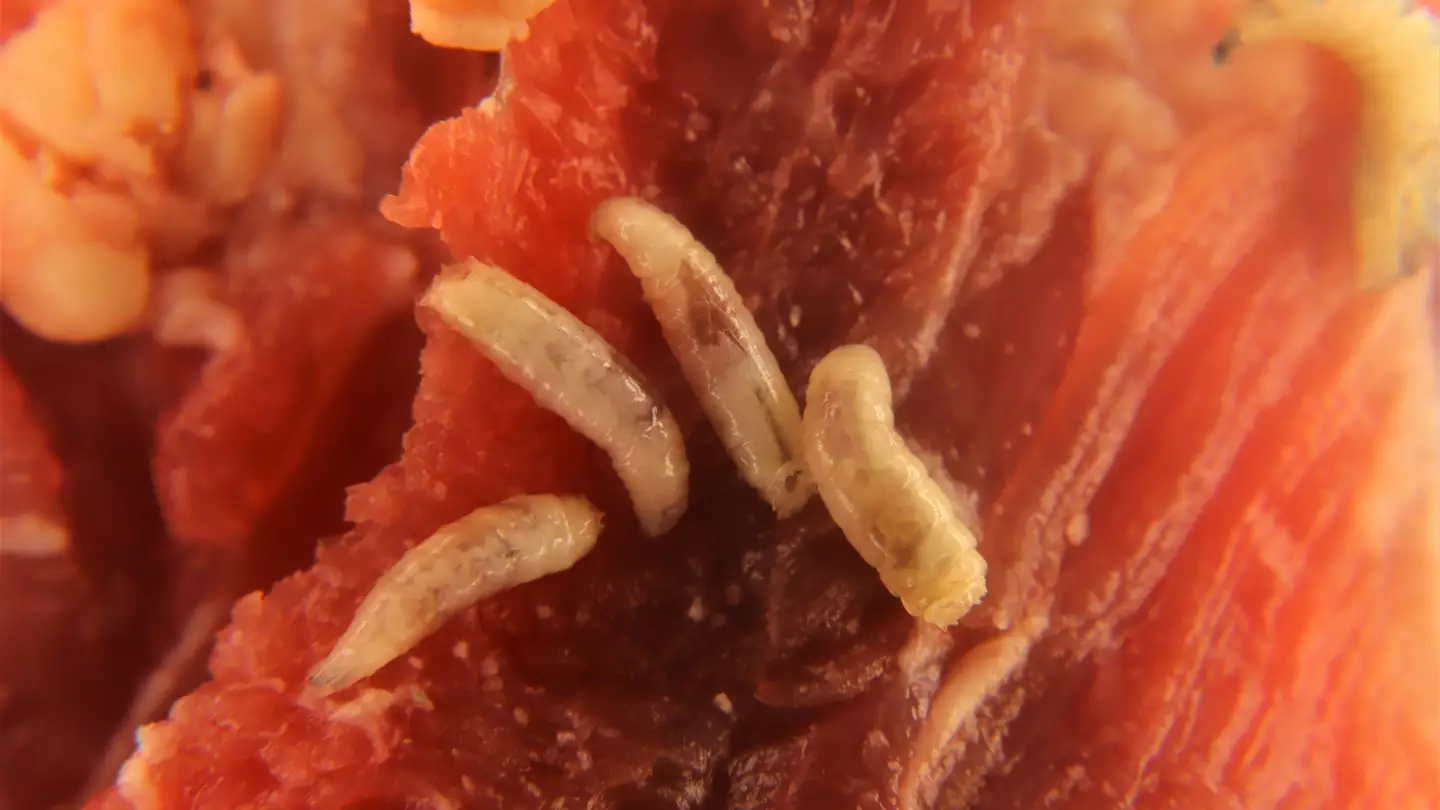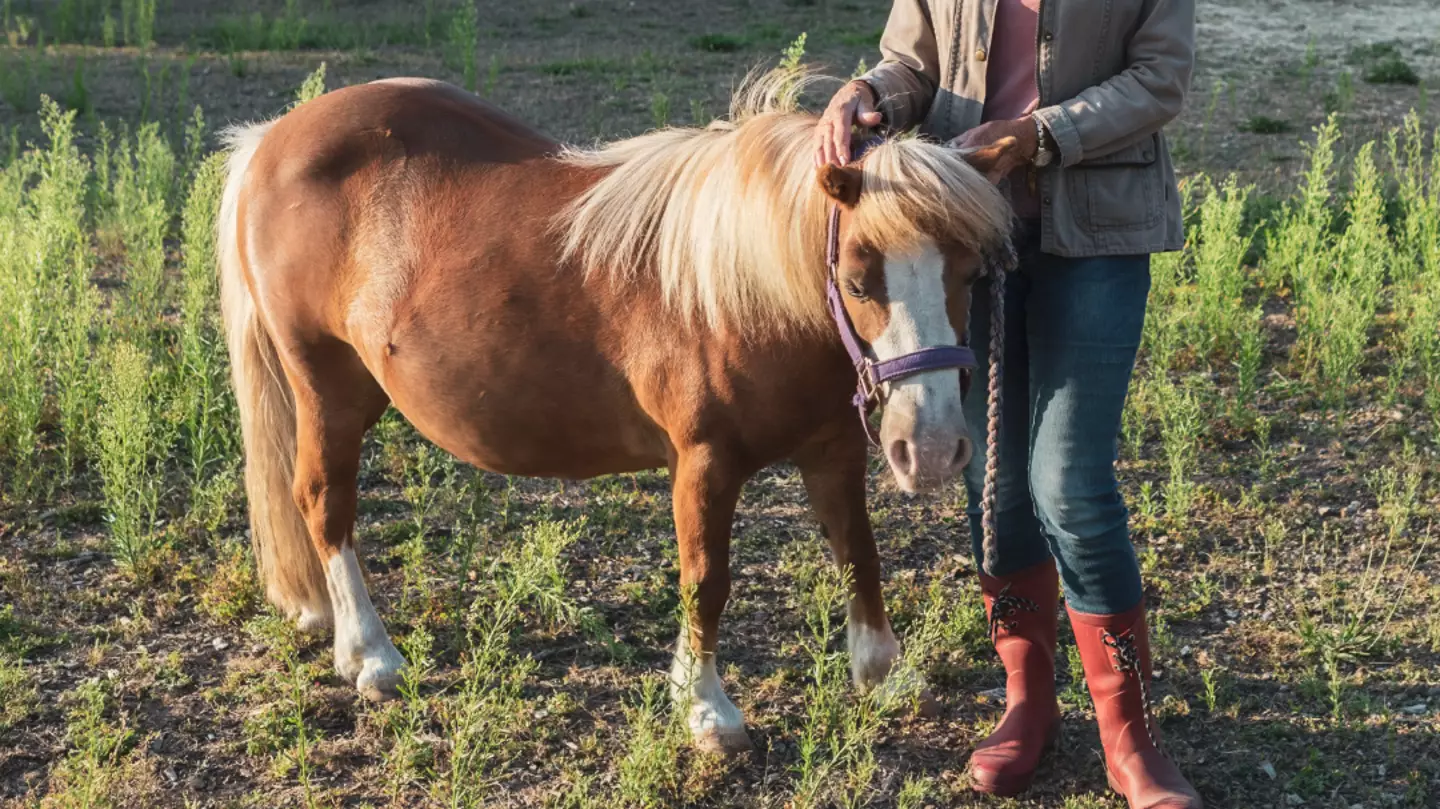
Animals
Animal stories, strange facts and useful advice about your pets.

Pet shops in Las Vegas have three years to comply with the new rule

Up to 50 percent of dogs in the UK are estimated to be overweight

Health officials have assured that they will monitor anyone who came in close contact with the Washington man

The patient is now being treated in hospital after falling seriously ill

PETA released their 'Christmassacre' advert earlier this month


If you let your dog lick your face, a vet has recommended that you stop

The footage of the two orcas, Wikie and Keijo, has gone viral on social media

Tom Brady leaves people divided after revealing he cloned his beloved dog in controversial admission
The retired quarterback lost his family dog, a pit bull named Lua, back in 2023

Dating experts say the controversial Gen Z trend had once been considered rather successful

Spencer is just one of Donald Trump's 11 grandchildren

A family's beloved pooch named Chop reportedly bled to death after an ICE agent shot him last month (9 September)

The theme park has come under fire after sending a demand to the government

The mother responded to a controversial call-out from the Aalborg Zoo in Denmark

The visitor was seriously injured at the Diergaarde Blijdorp zoo in Rotterdam

Human infections are extremely rare, but can be tragically fatal

The substance is usually used in medical radiation therapy devices for treating cancer and medical sterilisation

El Dorado County’s Acting Director of Public Health has issued a statement on the matter
.jpg)
No matter how much you want to help the rabbits, doctors are advising people to stay away

A recent study has found that infected wolves in Yellowstone National Park were more likely to engage in certain behaviours

Pigs are turning up with flesh the colour of a blue raspberry Slush Puppy and scientists are alarmed

First there were zombie bunnies, now it's the squirrels to keep an eye out for
.png)
Strange-looking growths have been spotted on wild rabbits in Colorado, and experts have issued a warning

The animal was euthanised due to pain from a long-term health struggle in 2020

